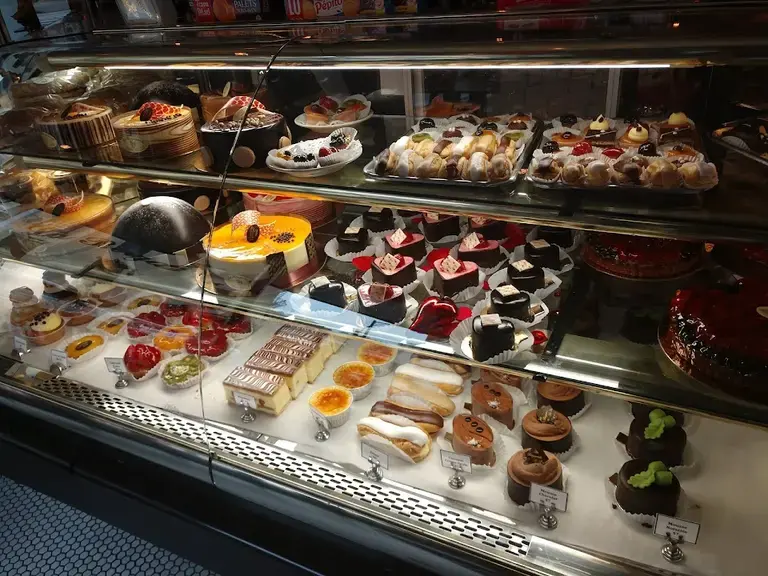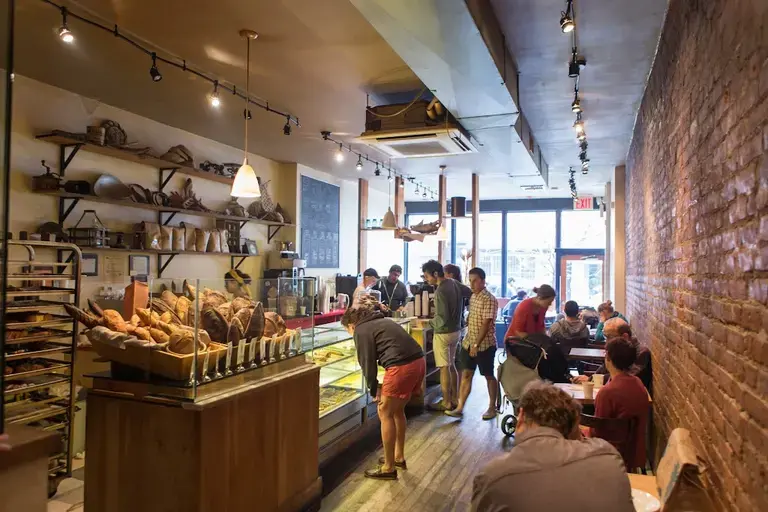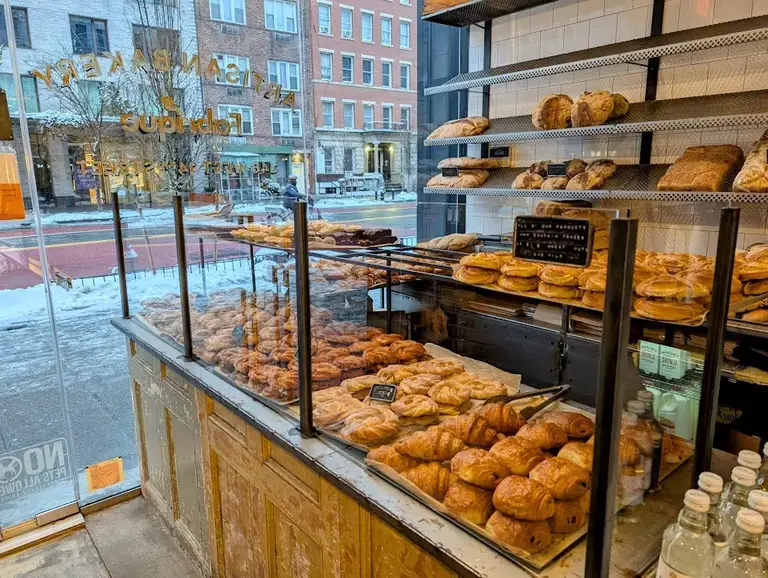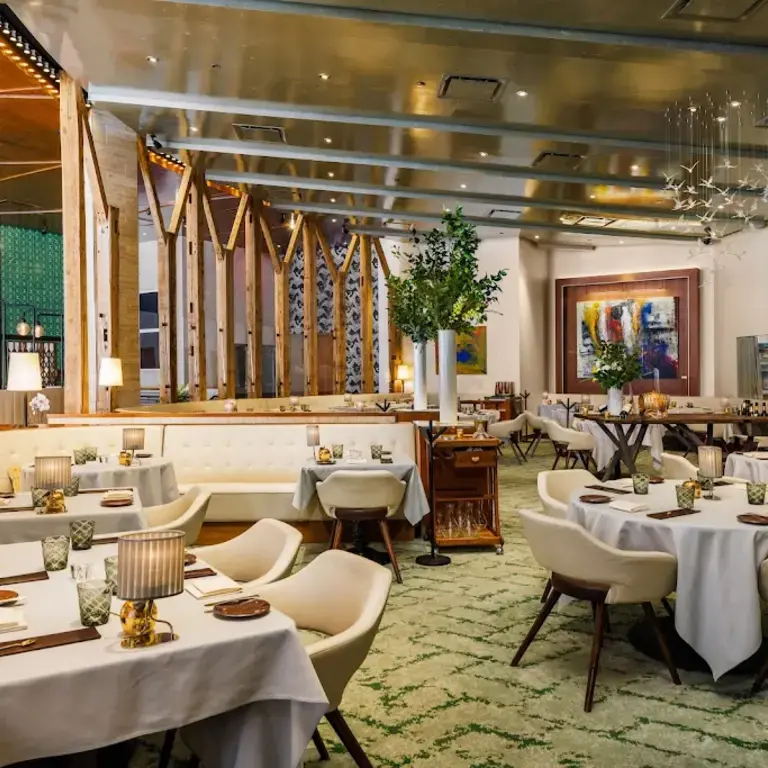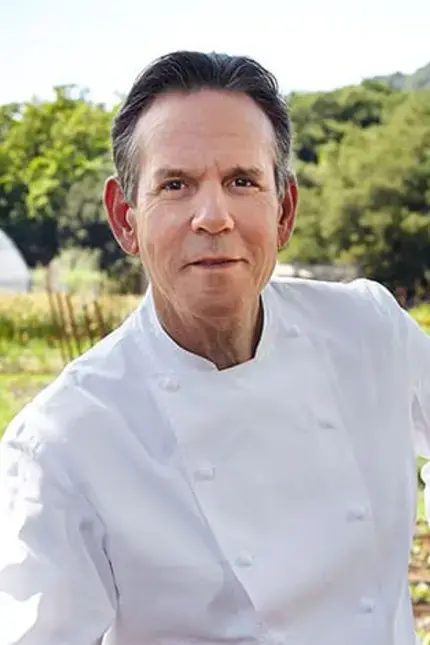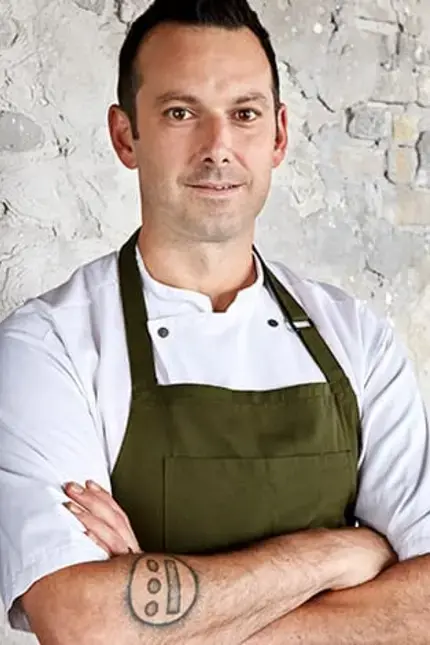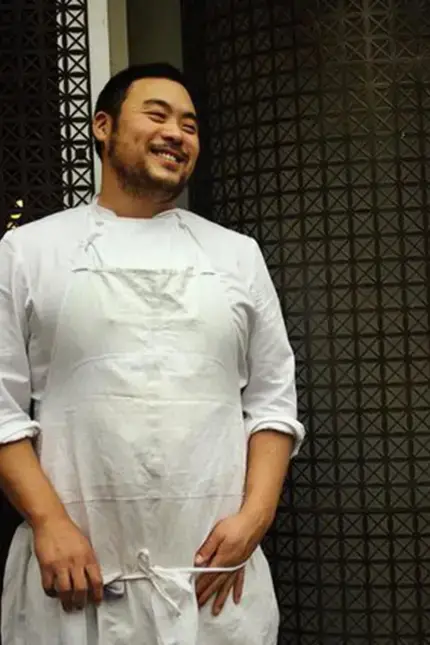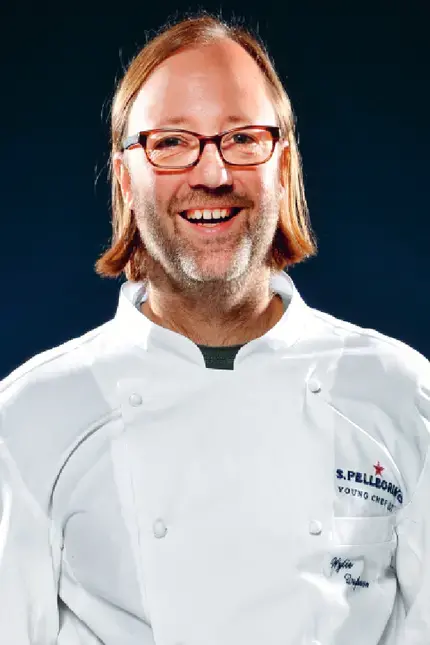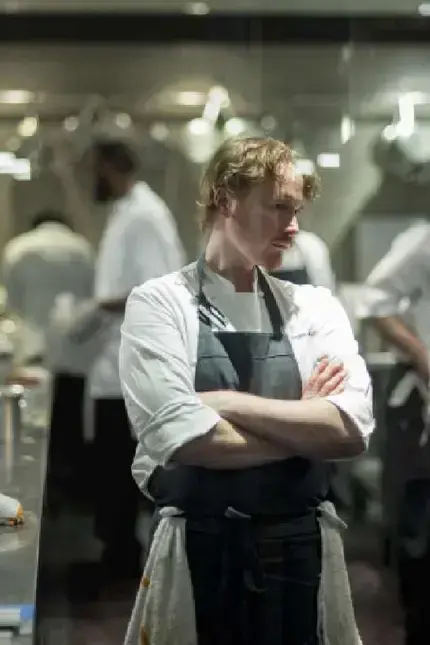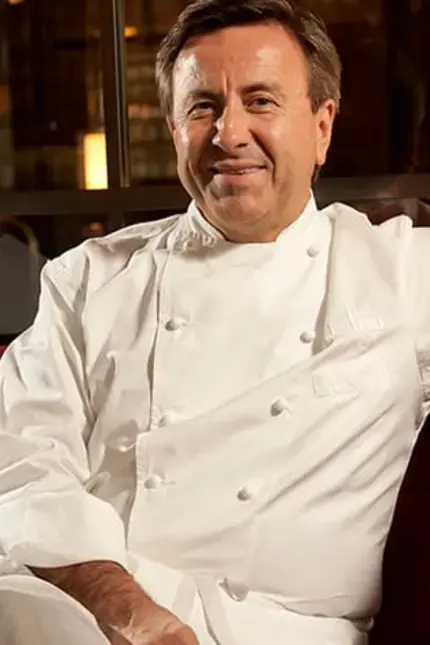Growing up on a farm in the Alsace countryside shaped Gabriel Kreuther both as a person and as a chef. His family was deeply rooted in food: one uncle owned a pastry shop, another was a butcher, and a third ran an inn with a restaurant. His mother, a celebrated home cook in their small town, occasionally catered local weddings and baptisms. Nearly everything the family ate came directly from their land, from chickens and rabbits to tomatoes and shell beans. Kreuther helped his mother sell produce at the farmers market and accompanied his father to the mill to process their wheat. By age seven, he was a regular presence in the kitchen; by 12, he was slaughtering chickens and rabbits for the market. As a teenager, he worked in his uncle’s inn, marking his first experience in a professional kitchen. In 1987, he won France’s national young chef competition, a milestone that launched his career across Europe and the U.S.
The first decade of his career was spent honing his skills in Michelin-starred kitchens across Germany, France, and Switzerland. In 1997, he moved to New York City to join the now-closed French restaurant La Caravelle. He went on to hold a leadership role at Jean-Georges’s flagship restaurant before becoming executive chef at the acclaimed Atelier in the Ritz-Carlton New York. When restaurateur Danny Meyer approached him about a new project, Kreuther joined The Modern, where he led the kitchen for nearly a decade, earning widespread recognition and numerous accolades.
Still, Kreuther longed to run his own restaurant—and New York was the only place he ever considered doing it. “New York is special to me,” he says. “What I love about New York is the mix of different cultures, the openness of everybody who is willing to try new things, and that there isn’t really a prejudgment of any tradition.”
At first, Kreuther didn’t intend to put his name on the restaurant, but his investors insisted. That decision paved the way for him to focus on his own heritage and personal history—drawing on memories of growing up on a farm in Alsace. “I went back to my roots and started to blend a little bit more traditional with New York, and it evolved from there,” he says.
Kreuther searched for years before finding the right location—along Bryant Park—where he could install rustic wooden beams reminiscent of his childhood farmhouse. The restaurant, Gabriel Kreuther, opened in 2015, followed by his eponymous chocolate shop in 2016.
The menu reflects Kreuther’s heritage, with signature dishes such as crispy tarte flambée, a decadent sauerkraut-sturgeon tart topped with caviar, and foie gras seasoned with a spice blend he first developed in his mother’s kitchen at age 15.
Gabriel Kreuther—both the chef and the restaurant—has garnered a long list of accolades, including the AAA Five Diamond Award, a three-star review from The New York Times, two Michelin stars, and a James Beard Award for Best Chef: New York City in 2009. In 2025, Kreuther is also a semifinalist for Outstanding Chef. The restaurant is a member of Relais & Châteaux and belongs to the prestigious Les Grandes Tables du Monde.
Looking ahead, Kreuther plans to open two new restaurant concepts in Hudson Yards in 2025.


